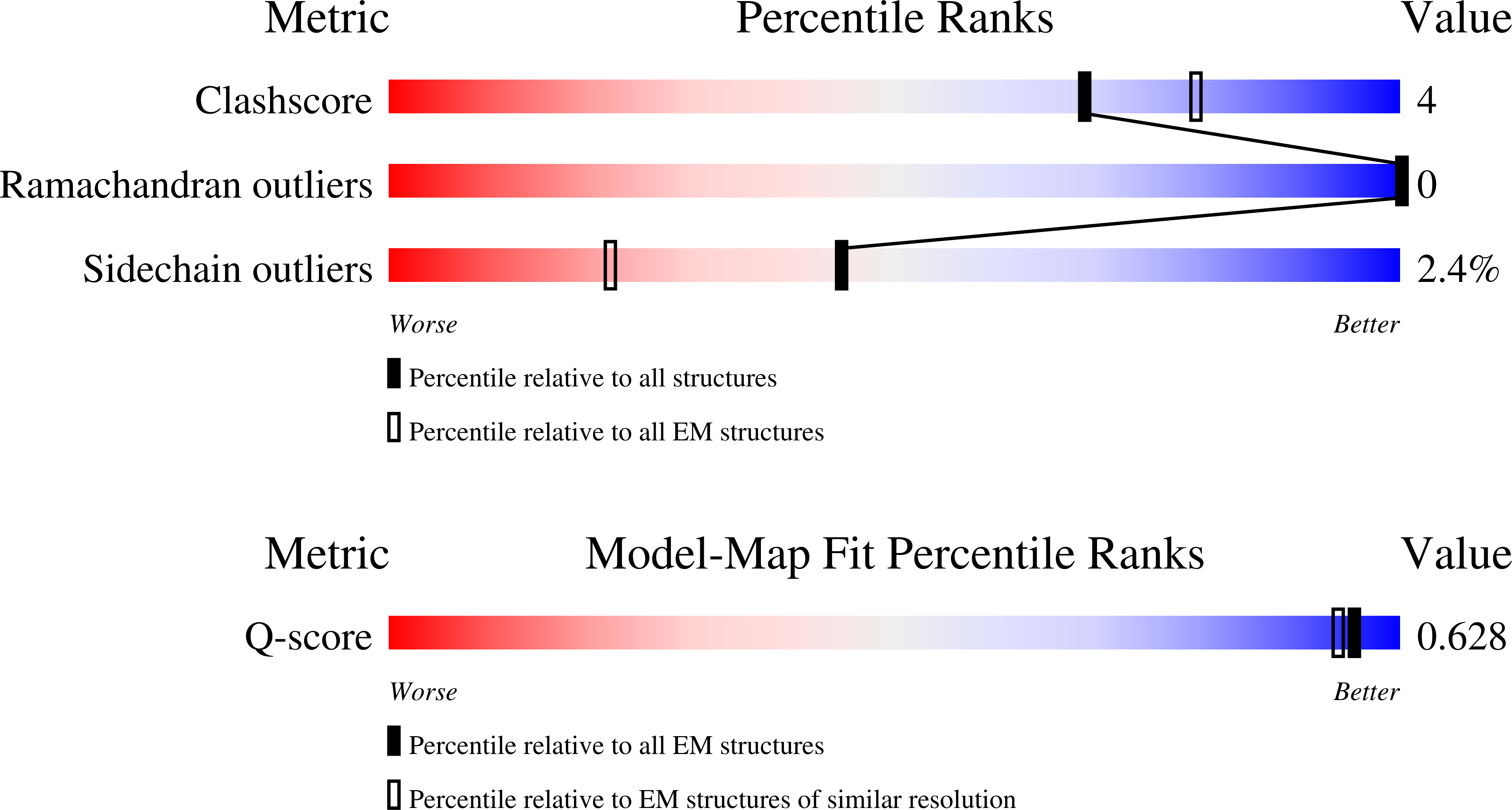
Deposition Date
2025-09-02
Release Date
2025-10-29
Last Version Date
2025-11-19
Entry Detail
PDB ID:
9Y47
Keywords:
Title:
Human nucleosome structure on Nickel-NTA lipid affinity grid (C1 refinement)
Biological Source:
Source Organism:
Homo sapiens (Taxon ID: 9606)
Host Organism:
Method Details:
Experimental Method:
Resolution:
2.74 Å
Aggregation State:
PARTICLE
Reconstruction Method:
SINGLE PARTICLE


